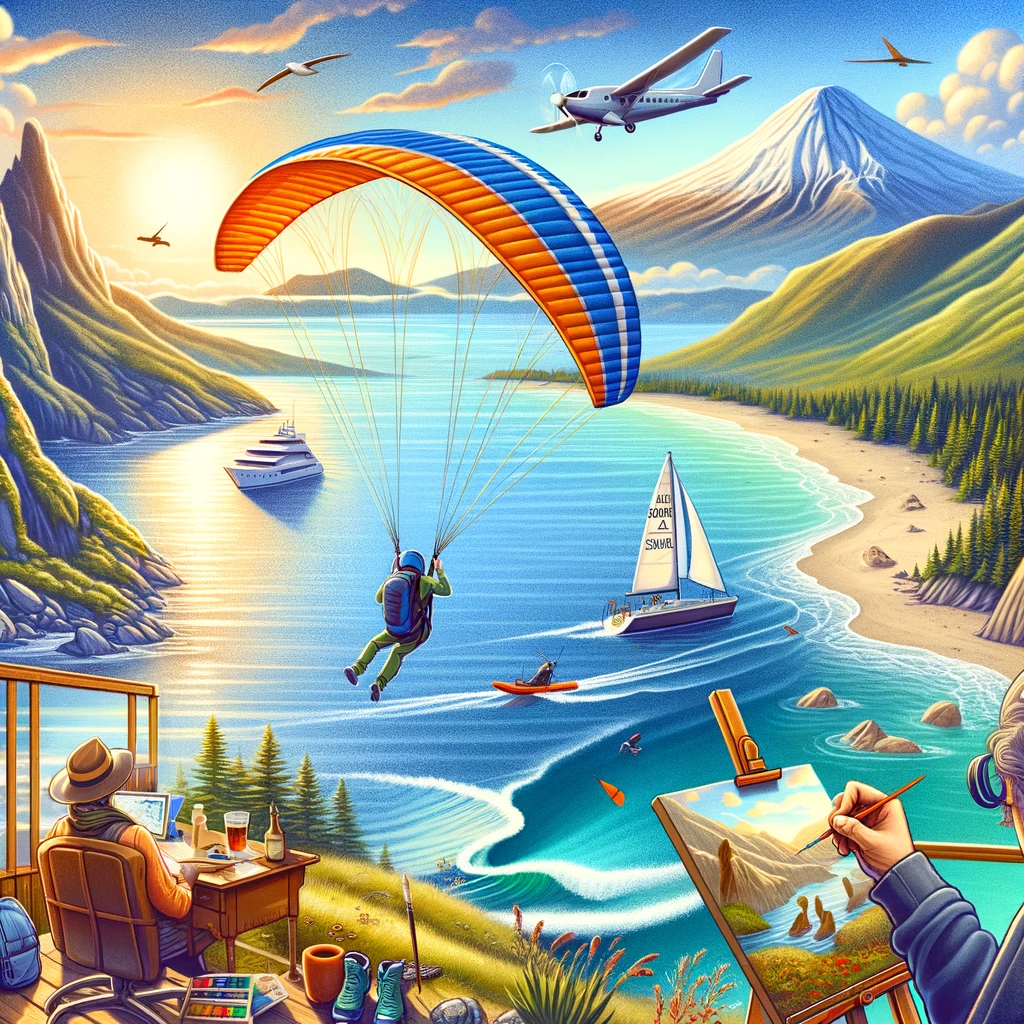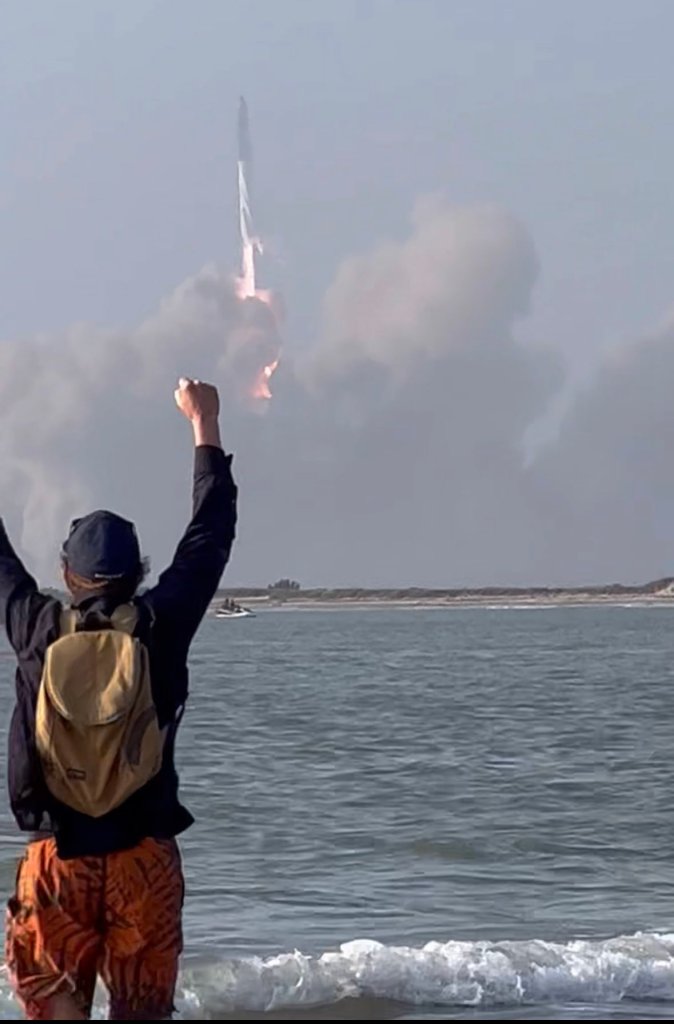
Curiosity prompted me to investigate reasons for celebrity flying bans and the travel time to Europe for affected celebrities.
In April 2006, Snoop Dogg and his entourage were involved in a fracas at Heathrow Airport in London. This altercation with airport security led to several members of his group being arrested. Following this incident, British Airways stated that they would not allow Snoop Dogg and those involved in the altercation to fly with them in the future. A spokesperson for the airline was quoted saying, “Given the nature of the incident, we are making sure that none of them will be allowed to travel with BA ever again.”
Other celebrities have been banned from airlines, usually due to disruptive behavior. Here are a few examples:
- Alec Baldwin: In 2011, the actor was removed from an American Airlines flight and received a ban for refusing to turn off his phone, as he was playing a game while the plane was about to take off.
- Naomi Campbell: The supermodel was escorted off a flight and banned from British Airways in 2008 following an altercation with airport police over lost luggage.
- David Hasselhoff: He was reportedly not allowed to board British Airways after being found intoxicated at an airport lounge. He boarded a later plane after the captain and crew said they were happy to take him if he had no more to drink.
- Ivana Trump: In 2009, Ivana Trump, the former wife of Donald Trump, was escorted off a plane after she became belligerent when children were running and screaming in the aisles.
- Josh Duhamel: Josh Duhamel refused to turn off his cell phone as his airplane was taxiing down the runway. The pilot turned the airplane around. Duhamel was escorted off.
- Kate Moss: The supermodel was escorted off an EasyJet flight for disruptive behavior in 2015, leading to reports of a possible ban. She called the pilot of the flight a ‘basic b****. She was escorted from the plane by police at Luton Airport after becoming ‘disruptive’, causing the pilot to phone ahead and ask officers to meet the flight.
- Jonathan Rhys Meyers: Tudors actor was banned from United Airlines for a period after displaying drunken and disruptive behavior during a flight.
- Liam Gallagher: After an argument on a flight to Australia in 1998 that apparently involved a scone, english rocker Liam Gallagher was banned for life from Cathay Pacific airlines; he responded that he would “rather walk”.
Such bans can be lifted.
It’s highly unlikely that anyone has been banned from all commercial airlines globally. Airlines operate independently and set their own passenger restrictions. There’s no central clearinghouse that tracks malfeasance. While someone might be banned from one or several airlines for various reasons, being banned from every commercial airline operating globally is practically impossible. There are many commercial airlines.
It’s not just commercial airlines who have a say if someone gets to fly.
Governments also have no-fly lists of their own, which also operate independently. These lists are mostly about anti-terrorism, rather than passengers who cannot control their emotions. Some well-known government-imposed no-fly lists include:
- The United States’ No Fly List, part of the Terrorist Screening Database managed by the Terrorist Screening Center.
- The United Kingdom’s No Fly List, used as part of its broader aviation security measures and Counter-Terrorism and Security Bill.
- Canada’s Secure Air Travel Act List, under its Passenger Protect Program.
- The European Union’s Common Risk Indicators list, part of broader EU security regulations.
Other large countries have their own no-fly list equivalent, for which the name, criteria and process for adding individuals to these lists are confidential or top-secret and part of larger security and intelligence operations. Like those seen in 007 and Mission Impossible movies. For example, Germany likely uses the Schengen Information System and coordinates with EU security protocols.
Traversing oceans without commercial airplanes is viable, albeit very slow. A route from San Francisco to Berlin can include a 7-day car trip to the East Coast, a 14-day cruise to Europe, and a 2-day train journey to Berlin. An alternative sea route via the Panama Canal to Europe might take a month, followed by 2 days on a train to Berlin. Essentially, losing flying privileges can significantly prolong travel.
This exploration of loss focuses on flying privileges. Future writings will delve into the consequences of losing credit card privileges, and for information security and identity verification, the implications of losing control of one’s face scan and fingerprints.















